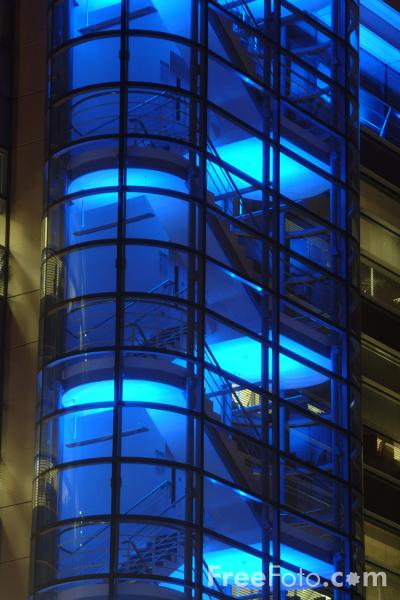The multifamily market is showing signs of a moderate slowdown this year, with average apartment rents decelerating on a national scale and incoming supply expected to push up vacancy rates. Experts say the sector will remain strong amidst these challenges, as outlined in Yardi Matrix’s U.S. Multifamily Outlook report. Below are four reasons the multifamily market remains a good bet for property investors.
1. Rents Exceed Long-Term Average Though rent growth decelerated nationally for the fourth month in a row with average rents dropping $4 in December, overall rent growth in 2016 was upward of 4%, still exceeding the long-term average. Growth is expected to return to more sustainable levels within the next few years, but the sector will remain a safe bet for investors, Yardi reports.
2. Millennials Continue To Drive Demand Multifamily demand will remain strong. The country’s largest generation remains partial to renting over home ownership, and Yardi does not foresee those preferences changing soon. Millennials enter their prime renting ages between 20 and 34 years old, and as the generation ages, roughly 2 million more Millennial renters will enter the market. Yardi reports Millennial demand isn’t likely to peak until 2024, when 70 million Millennial renters are projected to hit the market.
3. Heavily Concentrated Supply Much of the incoming supply will not impact most metros’ fundamentals. A large amount of apartment supply remains at the high end of the spectrum and will hit high-rent markets like San Francisco, Denver and Austin, while demand remains strong for apartments at the middle/lower end of the scale. Roughly 320,000 units are expected to come online this year, Yardi reports, up 5.3% from 2016.
4. Occupancy Levels Supply has yet to exceed the number of multifamily households, which increased by 9.3 million between 2005 and 2015, according to the Census Bureau. As a result, occupancy levels remain stable, with October’s 95.8% nearly an all-time high.



